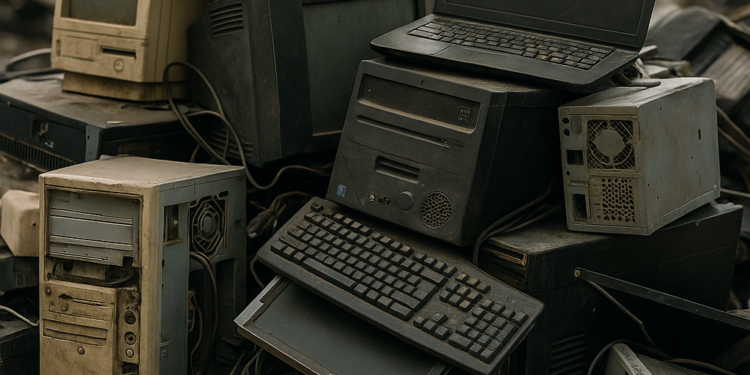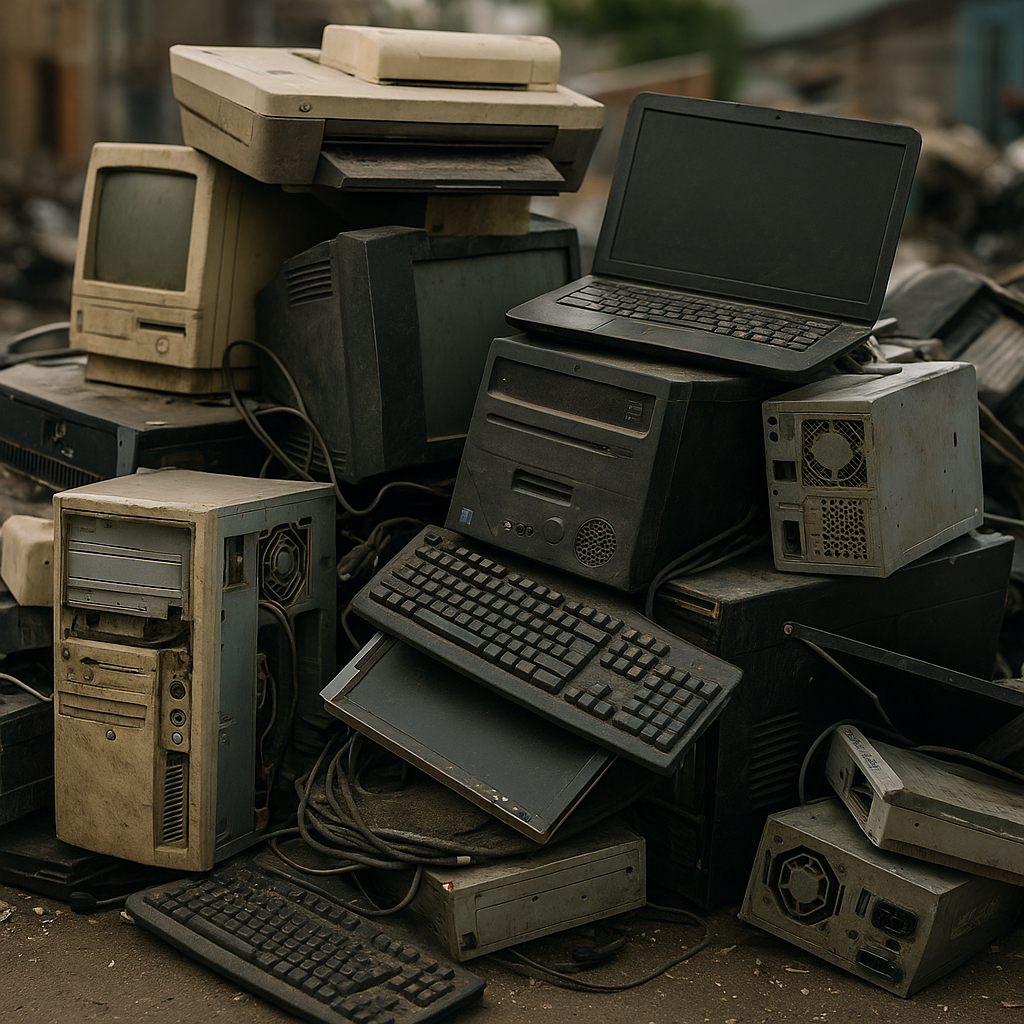Creative Ways to Minimize E-Waste

In today’s digital world, nearly everyone uses electronic devices. As technology rapidly evolves, our old gadgets and equipment often accumulate, leading to an increase in electronic waste, also known as e-waste. This not only strains landfills but also poses environmental risks by releasing hazardous substances into the soil and water. Practicing best practices for recycling electronic scrap is crucial in tackling these challenges and conserving Earth’s resources.
Reducing e-waste can be made effective and engaging through creativity and a commitment to action. Individuals can repurpose gadgets and use cloud solutions to minimize their e-waste footprint. Understanding the environmental and health impacts of e-waste promotes responsible technology use, which helps extend device lifespans and minimize the need for upgrades. Simple changes in purchasing, care, and disposal practices can lead to significant contributions towards sustainability, encouraging everyone to participate in this global effort through education and actionable steps.
Table of Contents
Upcycling Old Electronics
Upcycling enables the transformation of obsolete gadgets into new, functional, or decorative items, thereby helping to mitigate waste. For instance, outdated laptops can be repurposed as digital photo frames, while old hard drives can be converted into desk clocks. This practice not only reduces e-scrap in landfills but also fosters innovative thinking. Educational institutions and community centers are incorporating upcycling to promote sustainability and develop skills in electronics and engineering. Individuals are encouraged to identify usable components from old electronic devices for conversion projects, always ensuring that personal data is erased beforehand.
Maintaining and Updating Hardware
Extending the useful life of your devices is one of the most effective ways to reduce e-waste. Regular maintenance—such as cleaning vents, replacing worn-out batteries, and keeping software up to date—optimizes device performance and delays the need for replacement. Simple habits, such as using cases or screen protectors, further protect against wear and tear. When possible, consider upgrading key components rather than replacing the entire device. Swapping out memory or storage in computers, for example, can significantly boost performance. Proactive maintenance not only reduces waste but also saves money in the long term.
Donating or Selling Unused Electronics
Many electronics that seem useless to you might still serve a valuable purpose for others. Donating gadgets to schools, nonprofit organizations, or individuals in need gives them a second life and supports education and community development efforts. Local charities often welcome donations of phones, laptops, and accessories, provided they’re in working condition. Alternatively, selling unused electronics not only recoups some value but also extends the product’s life in another household or business. Marketplace websites, manufacturer trade-in programs, and refurbished equipment stores all offer avenues for responsible turnover of technology. Before donating or selling, always wipe all private data to ensure security.
Utilizing Cloud Computing and Virtualization
Shifting to cloud-based solutions significantly reduces the physical hardware required for both personal and business computing needs. By relying on data storage and processing provided by cloud services, there’s less demand for additional devices and local servers, which translates into fewer discarded machines over time. Virtualization takes this concept further, allowing one physical machine to run multiple virtual systems. For organizations, this significantly reduces the number of servers and workstations required to deliver services and applications. As a result, cloud computing and virtualization can play a significant role in mitigating the global growth of e-waste.
Organizing Electronics and Accessories
With so many devices in modern homes and offices, accessory duplication is common—often because we can’t find cables, chargers, or adapters when needed. Systematically organizing your electronics and accessories saves money and avoids unnecessary purchases that quickly become clutter or waste. Labeling, compartmentalizing, and keeping an updated inventory ensure you use what you already own. This helps you shop smarter and prevents the problem of accumulating outdated cords and connectors. Personal organization is a simple yet impactful way to make electronic consumption more sustainable.
Reducing e-waste is a collective responsibility. Whether you start by upcycling, maintaining, donating, leveraging cloud technology, or simply organizing your devices, every effort counts. By integrating these practical steps into daily routines, individuals and organizations can move toward a more sustainable, environmentally responsible future.


